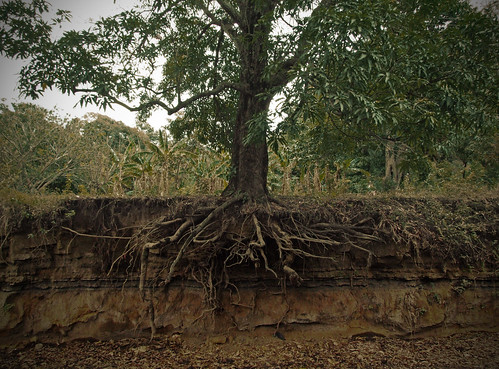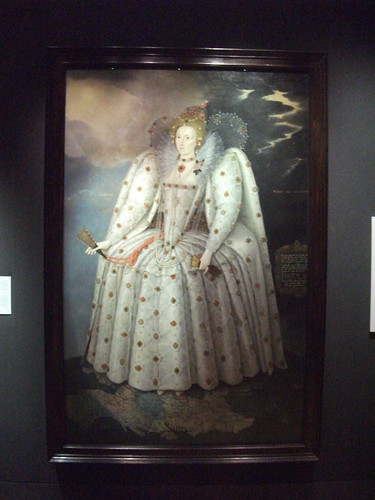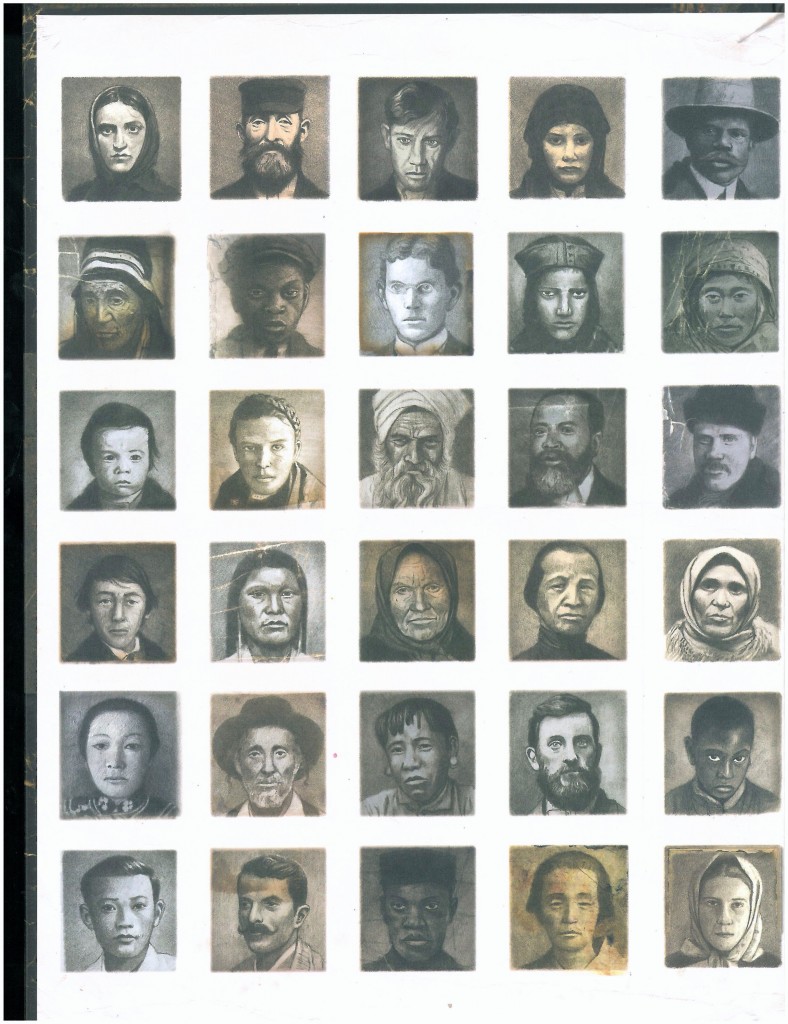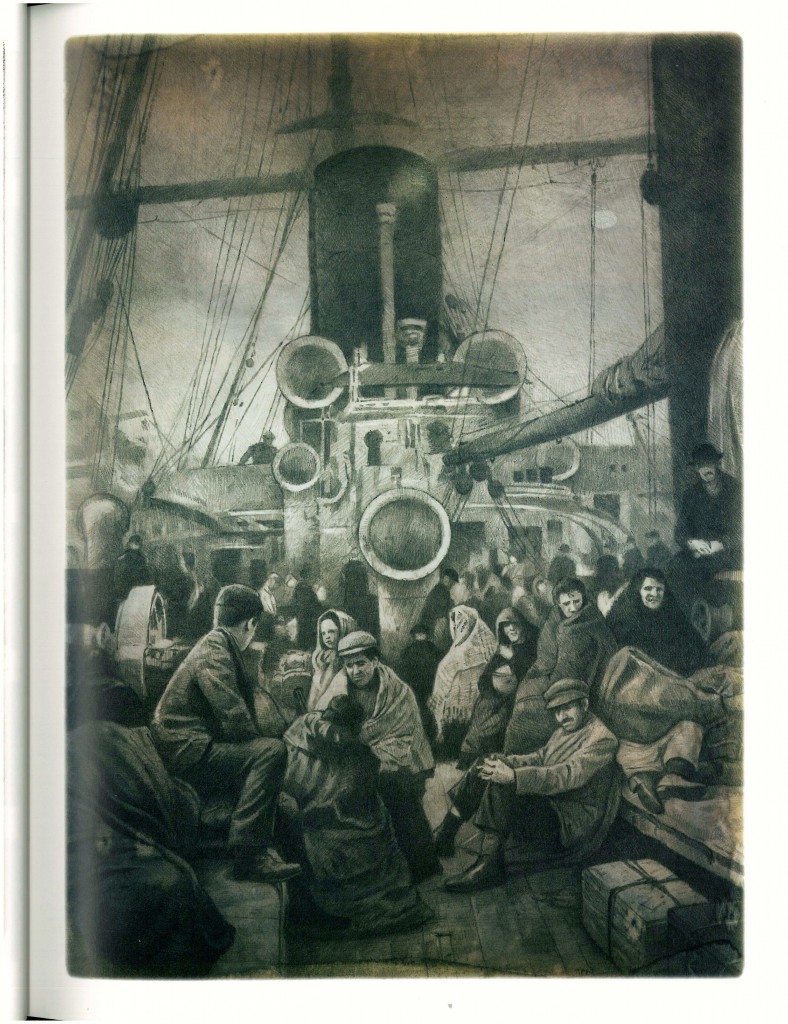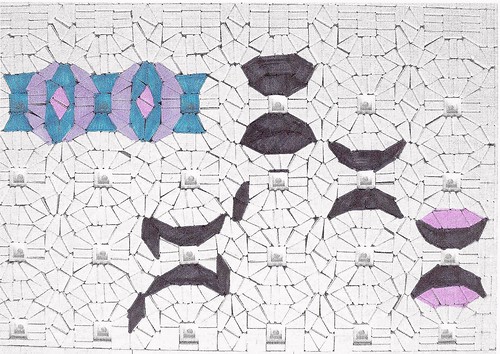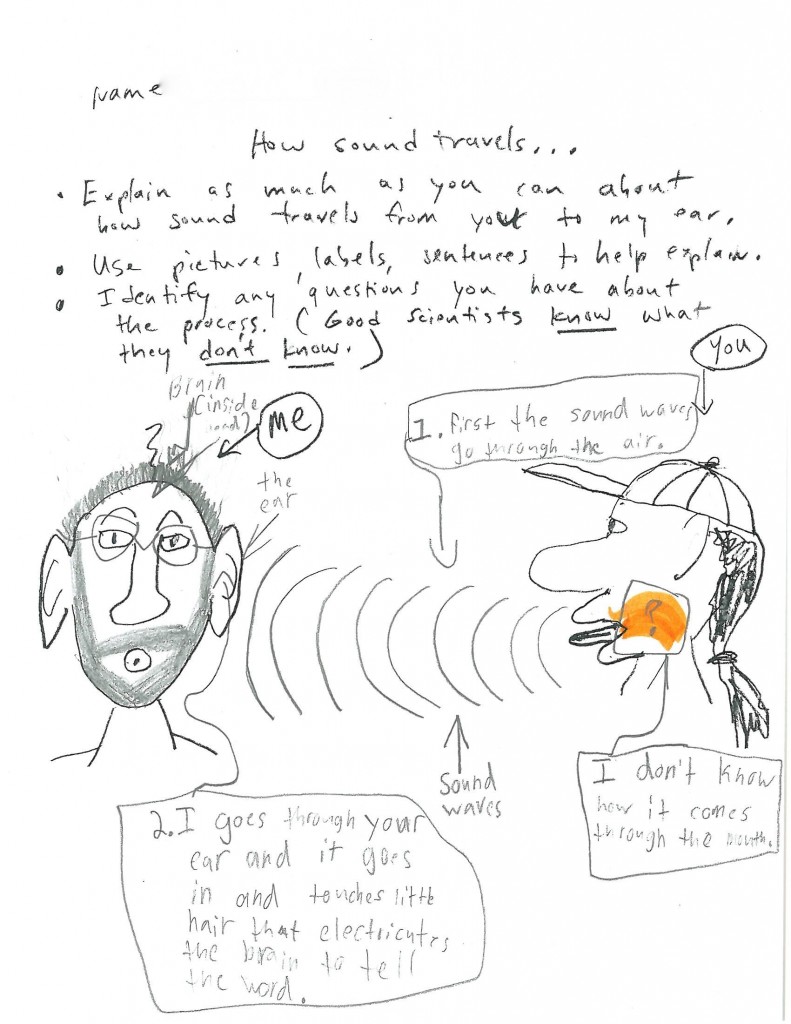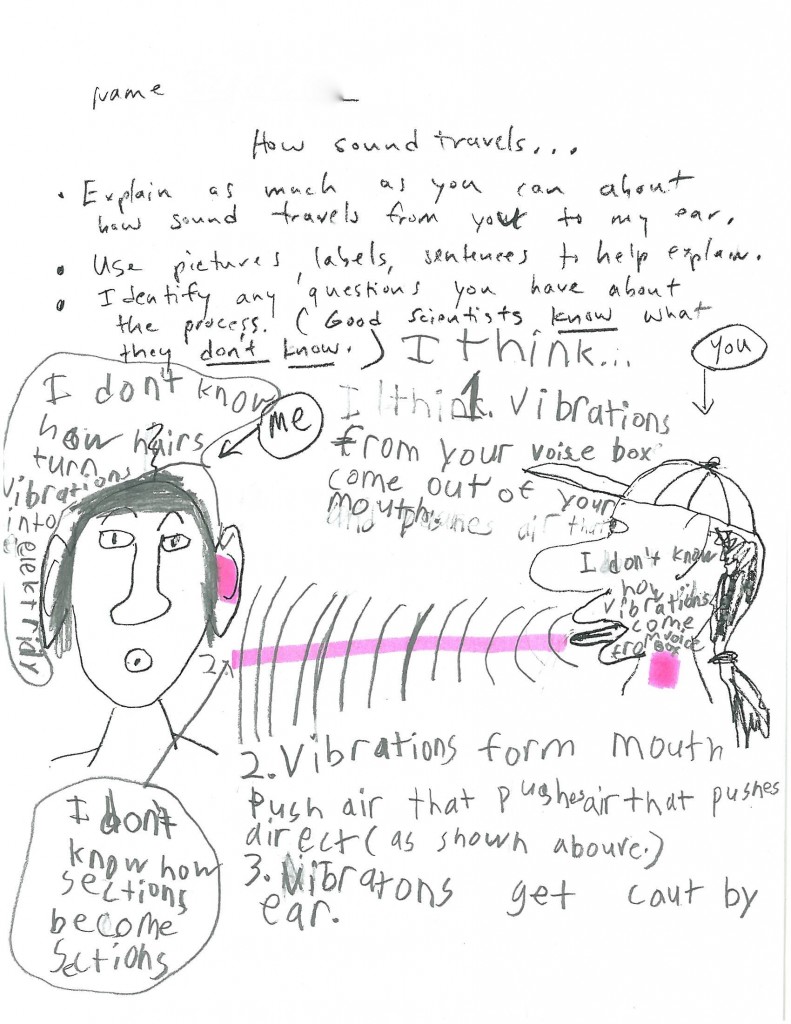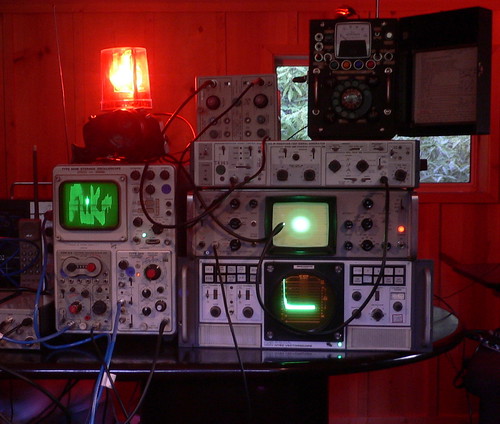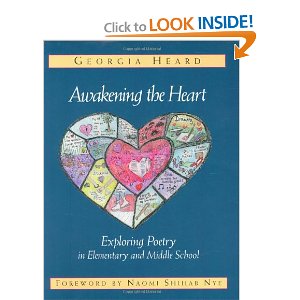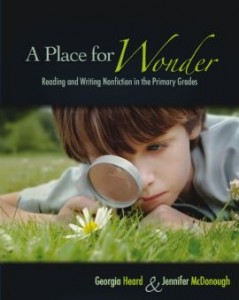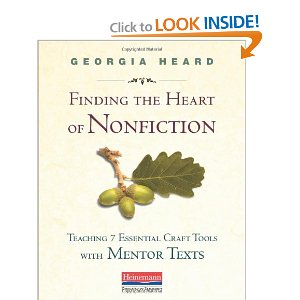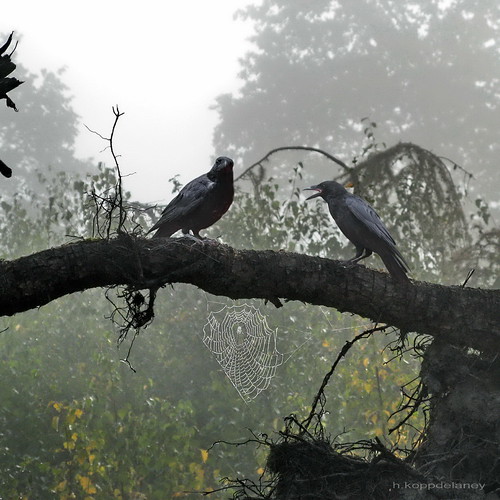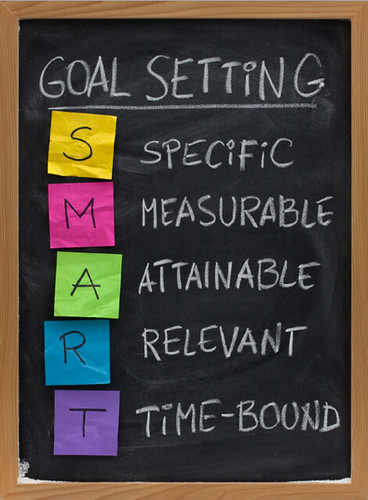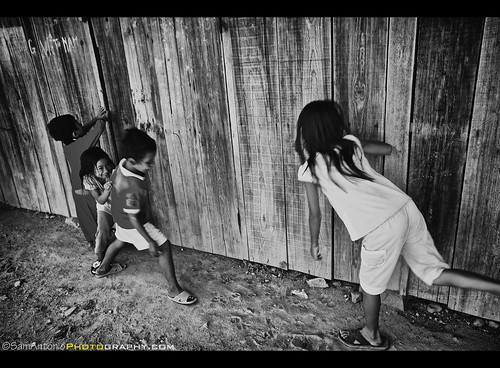
![]() Photo Credit: Sam Antonio Photography via Compfight
Photo Credit: Sam Antonio Photography via Compfight
Off and on this year, we’ve been thinking about figurative language, in particular metaphor. Metaphor is often at the heart of themes in fiction, as this discussion we had about The One and Only Ivan revealed. I’ve written about our struggle with a particular image in the wordless graphic novel, The Arrival, as well.
I’m aware that some children in the class are very adept at seeing metaphor and are beginning to think metaphorically, which is an exciting development. But I’m also aware that some children have a more difficult time with metaphor, with understanding how to begin to unpack a metaphor.
I often struggle with talking about metaphors with the kids. I don’t want the discussion to come across too “academic.” Like explaining a joke to someone, explaining a metaphor can be pretty one-sided with the end result being a mumbled, “Oh” from the one who didn’t see the metaphor and probably still doesn’t really feel it.
Last week I decided to present to the kids Valerie Worth’s poem, “Fence”, from her book all the small poems and fourteen more.
For our Poetry Friday celebration, I copy a poem and place it at each child’s table space before she arrives in the room in the morning. The kids know to read the poem, talk about it with others, annotate it, and then bring the poem to the carpet area for our morning meeting, which starts after our morning chores are done.
This time, to help the kids who might have a more difficult time seeing that a concrete image like a fence might also contain a metaphor, I asked them to consider this question: If the fence in this poem were not just a fence but a metaphor for something else, then what might that be? Simple enough.
I was pleasantly surprised with how this simple question opened up the thinking of some of the kids. I found that students who were usually quiet during our discussions had something more to say. Here were some of the ideas. Other ideas got built on top of the ones presented at first. I’ve tried to represent some of that building upon in the way I wrote the comments by grouping them sequentially.
“Maybe the fence was like a cage that kept the cows in. Now they are free.”
“It’s kind of like Ivan. He was in a cage but he broke out of it to freedom.”
“It’s also kind of like some of the ‘stories within a story’ we saw in The Arrival, (the ones that are told to the father as he meets people in the new world.) It’s like the immigrants we are studying. They had to break out of their old life, too.”
“Maybe the fence stands for all of the things that hold you back.”
Me: Like what?
“Like other people who might not want you to be a certain way.”
“Or maybe like even you can hold yourself back by telling yourself you can’t do something.”
And that’s about all we could explore right then.
After I had time to process what the children had said, I wanted to ask them more. For instance, what did they think of these first lines?
The old fence
has fallen down,
A pile of gray
Rails resting
in the grass
Their interpretation of the poem was one that emphasized freedom. I suspect they had identified with the cows; I certainly did, too. Yet, these lines gave me a sense of age, a sense of melancholy. Maybe at least part of me was also identifying with that “pile of gray/Rails resting/in the grass”, which was something that might have been very difficult for them to feel. If I had the chance to do this over, I would ask them what these lines made them feel. Ah well.
This experience caused me to think about a couple things related to the question that I asked them. First, asking the question in an if/then format offered the kids a mental challenge to put pieces together and stretch their thinking. Some readers do that kind of thinking all the time, but for readers who haven’t started thinking metaphorically, who enter the concrete and stay there, this question offered them an entry into the process. Second, I think the if/then question might have created a space for intellectual “play,” for batting around ideas for the simple joy of playing with them. Maybe by opening up that space, children could enter it more easily.
Finally, I suspect that it is precisely this joy of intellectual (and emotional) play that keeps me coming back to reading poems like “Fence.” I suspect, too, that this play is at the heart of my desire to explore the apparent difference in readings (hopeful or slightly melancholy) that never really surfaced in our discussion that day, but lingered in my heart after our talk was over. Could it be that they experienced a bit of this joy, too? Can we come to appreciate and value intellectual play? As an end itself?


